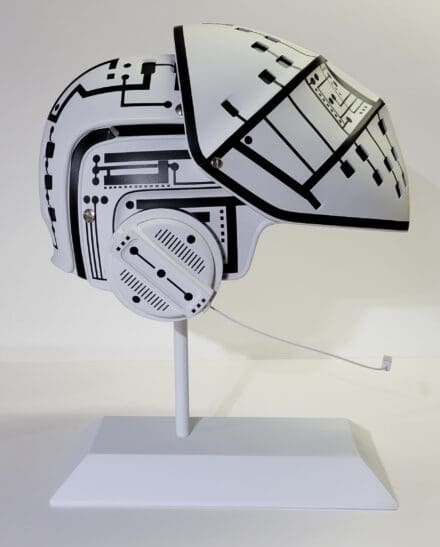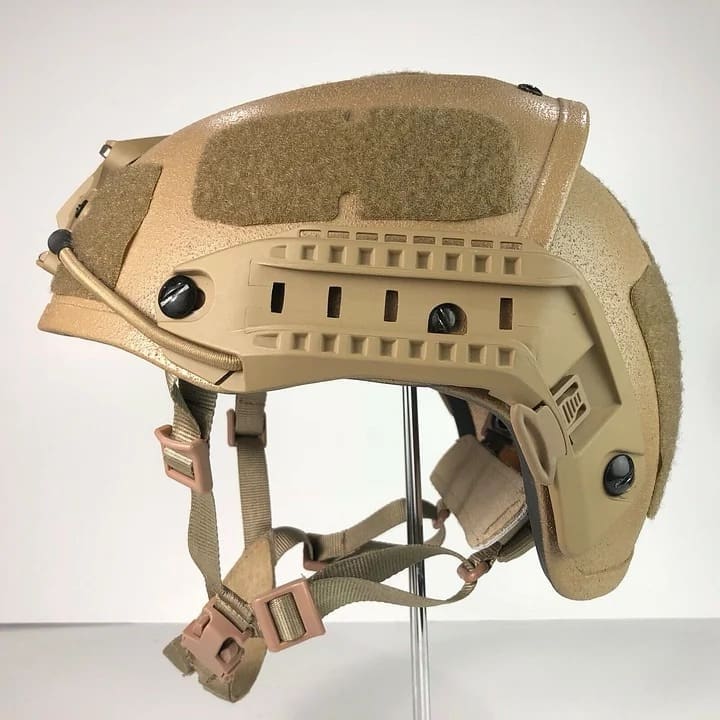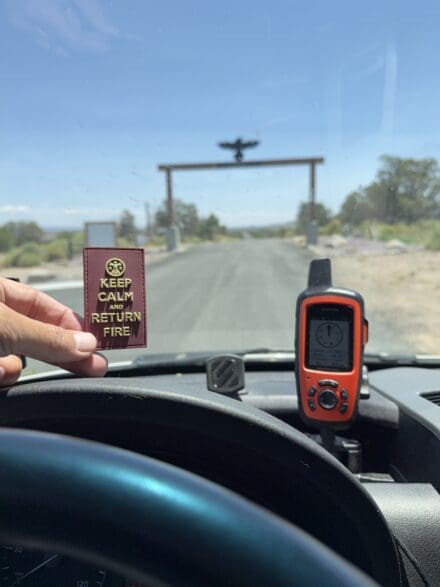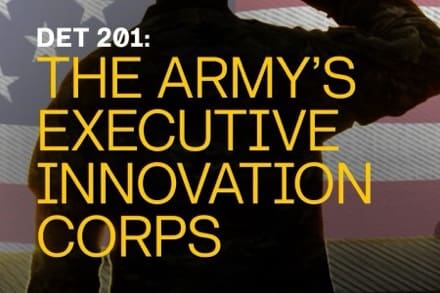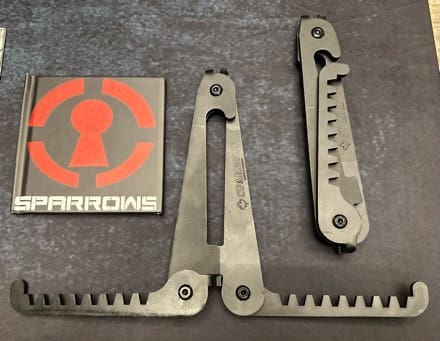The Association of the United States Army is proud to announce the release of a new graphic novel in honor of the Army’s 250th birthday celebration: The Birth of the U.S. Army.
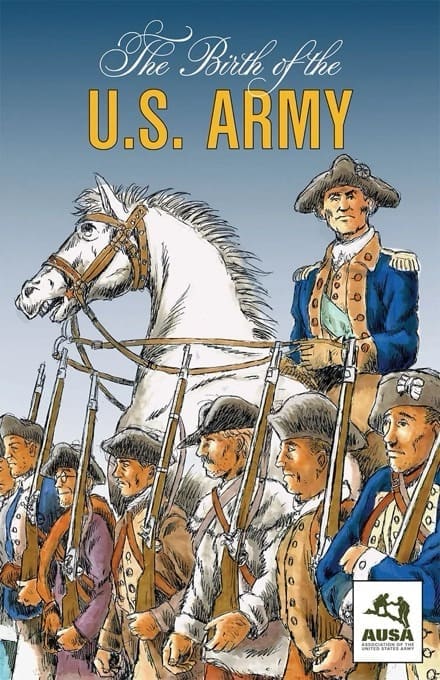
The Birth of the U.S. Army
Celebrate the 250th anniversary of America’s first national institution
The U.S. Army was established on June 14, 1775—more than a year before the Declaration of Independence. Under civil authority, militia from separate colonies unified under a new commander to form a national force to fight for independence. The history of the Army is intertwined with the history of America itself.
Script: Chuck Dixon (Batman, The Punisher, The ’Nam)
Artwork and Cover: Wayne Vansant (The ’Nam, Savage Tales, All Quiet on the Western Front)
Lettering: Troy Peteri (Spider-Man, Iron Man, X-Men)
The Association of the United States Army celebrates this milestone of American history with its latest graphic novel. This full-color digital book was created by a talented team of professionals drawn from the comic book industry, and the details were vetted by professional historians.
Information on the AUSA Book Program can be found at www.ausa.org/books.
To read The Birth of the U.S. Army or to download a free copy, please visit www.ausa.org/the-birth-of-the-us-army
